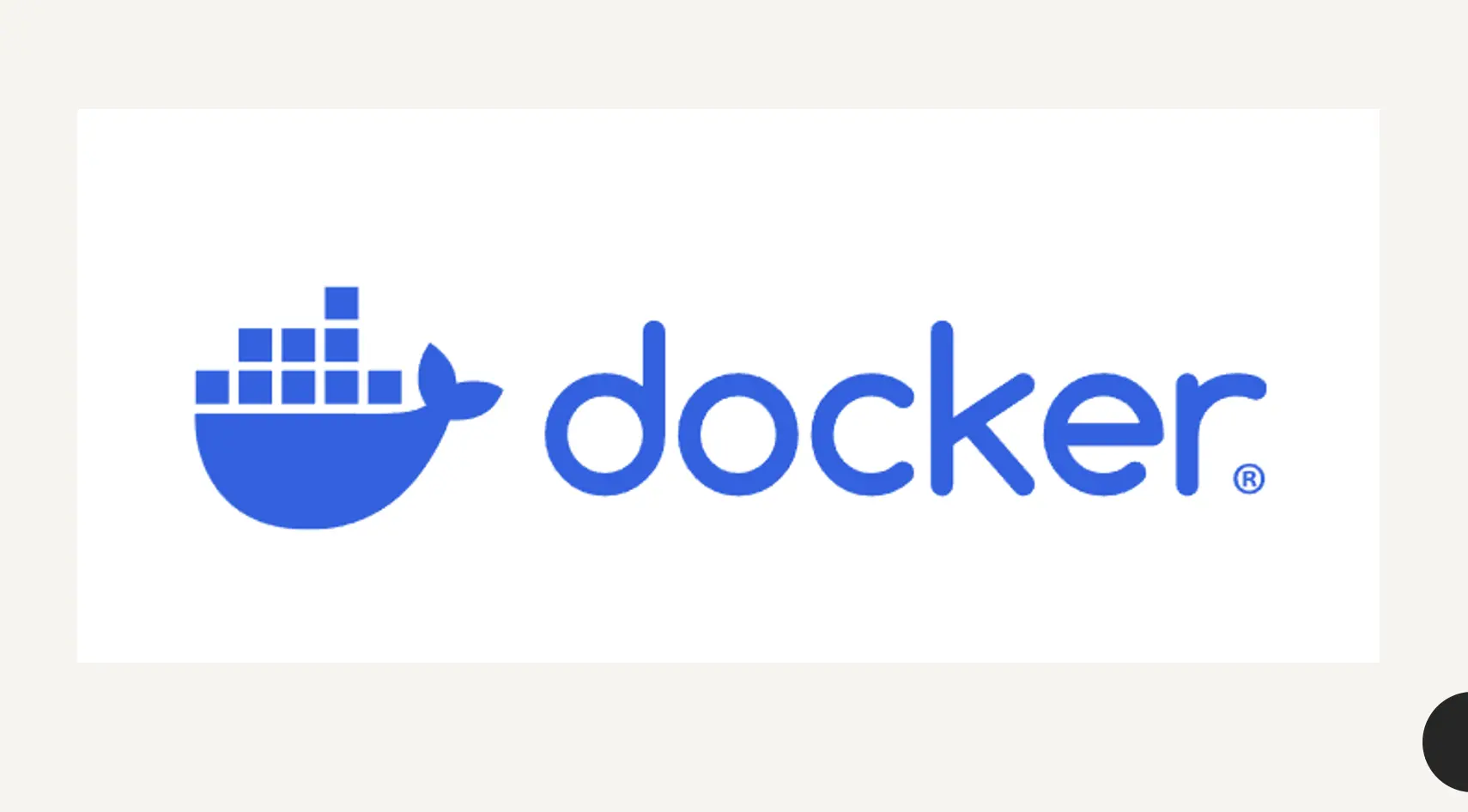Introduction to Containers and Docker

2 Dec '24
Before the advent of containers, applications were typically deployed using methods that relied on physical or virtual servers, such as the use of bare-metal servers and Virtual Machines. These methods were prone to inefficiencies and high costs, paving the way for containers. The modern containers that we know today emerged sometime in 2008. They are lightweight, portable environments that package an application and its dependencies together, ensuring it runs consistently across different systems. Unlike virtual machines, containers share the host OS kernel, making them faster and more efficient. The video below introduces containers and Docker, which is an open-source platform that builds, shares, and runs applications in containers.